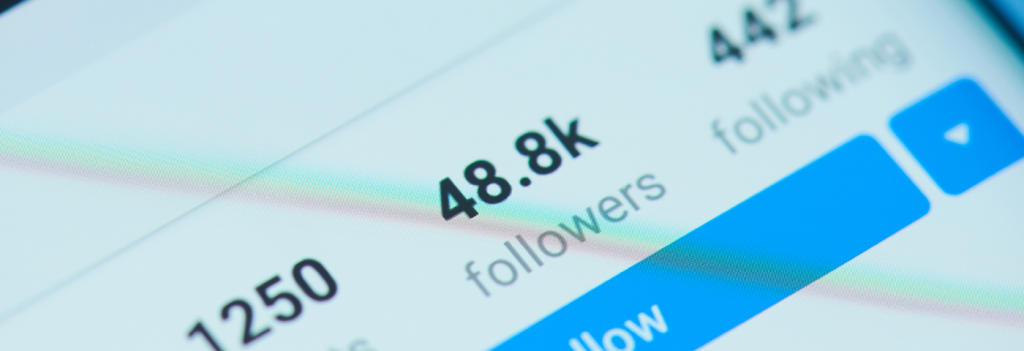The analysis of an influencer’s worth is deepening daily, as brands turn away and genuine influencers turn on their wannabe colleagues.
Two influencers in the past week called out others who bought followers and engagement, and revealed how easy it was to do so.
The fear of influencers with earned numbers is that fake views writers will damage the entire business of influence for hire. And there is cause for concern.
As Instagram belatedly promised to crack down on fraudsters, one leading brand said it had had enough of influencers’ false promises.
At a Digiday conference in Monaco this week, Kellogg’s social media lead in the UK, Joseph Harper, said the company was moving away from ‘vanity metrics’ which could be fake.
He cited a particular campaign which generated lots of comments which had, on closer examination, come from a WhatsApp group of other influencers who supplied the comments.
“We don’t buy social media ads based on reach anymore because it can be easily faked,” said Harper. “We’re trying to move away from being solely reliant on vanity metrics and take into account the sentiment of posts as well as the different types of conversations happening around them.”
The company is not giving up on influencers, just using more sophisticated ways to find genuine audiences. Added Harper: “Influencers are creating content for a fraction of the costs are above the line charges, and we’re slowly starting to see it perform better.”
It is, however, an alarm bell sounded by several industry observers recently. In a ‘Confessions’ article in Digiday, one marketing executive said: “Everyone knows it; some people admit to it – everyone buys (followers). It’s not a shock. It happens, but it was another thing that turned me against influencer marketing.”
Except that everyone doesn’t of course, it has just become the perception – which is why ‘honest’ influencers have come out fighting. Michael Ball, co-founder of blogger/influencer platform Traverse sparked a robust Facebook group discussion with this: “Here’s the question; who here with 20,000 or more followers is confident they have done nothing wrong to get them?”
He was referring to Instagram, the subject of most fake follower criticism, and highlighted practises such as buying bulk followers, loop giveaways, comment pods (like the WhatsApp group) and engagement bots.
Most respondents denied faking it, but also attacked Instagram for not setting clear rules and changing algorithms, which has reduced numbers for many.
Many also accused travel PRs, brands and destinations for ‘going crazy’ for high follower and engagement numbers.
Said influencer Ursula Barzey: “Until there is a shift by travel brands and destinations, I really don’t see travel bloggers/influencers changing their behavior – at least those who want to beat the system and get their rewards now instead of growing organically and reaping the rewards later.”
The debate prompted influencer Macca Sherifi to write a separate post which illustrated how easy it is to buy 2,500 likes for £10.
“On Socialblade, (a website where you can monitor people’s account and activity), another travel blogger I follow went up 14,440 in five days buying mass followers. That particular account now has 177,000 followers, most of which have been bought over the last two years.
“Not only are they directly profiting by cheating the system by gaining clients, they’re directly stealing work from honest content creators who are trying to build a profile and grow a business organically and legitimately.”
Traverse also uses Socialblade in trying to establish the quality and legitimacy of an influencer’s work when trying to match them up with a brand for a project. But it’s clear at this stage that numbers still matter – as much as SEO companies used to deploy black-hat tactics when brands demanded big follower numbers.
Instagram this month said it would act to ‘reduce inauthentic activity’ using machine-learning tools. But many ask whether Instagram is serious – and say it’s too little too late.
Says Michael Ball: “It would be amazing if they (Instagram) went through with this and it all happened overnight. Imagine some people’s Instagram going from 100,000 to 20,000 or less.
“But one problem (one of way too many) is that getting followers like this does lead to more real ones long term, so people will still have hugely benefited. And it won’t stop pods and loops…”
